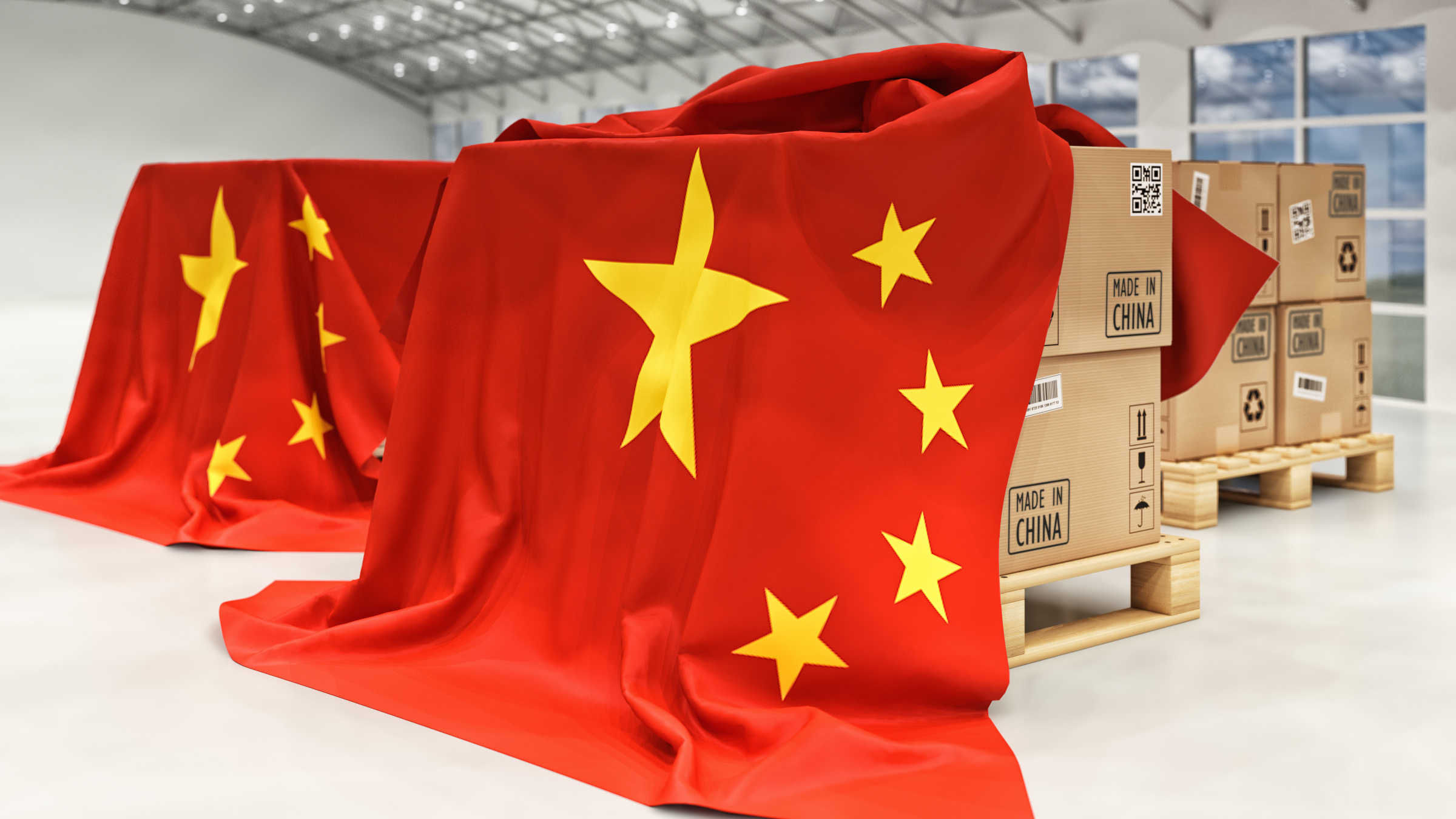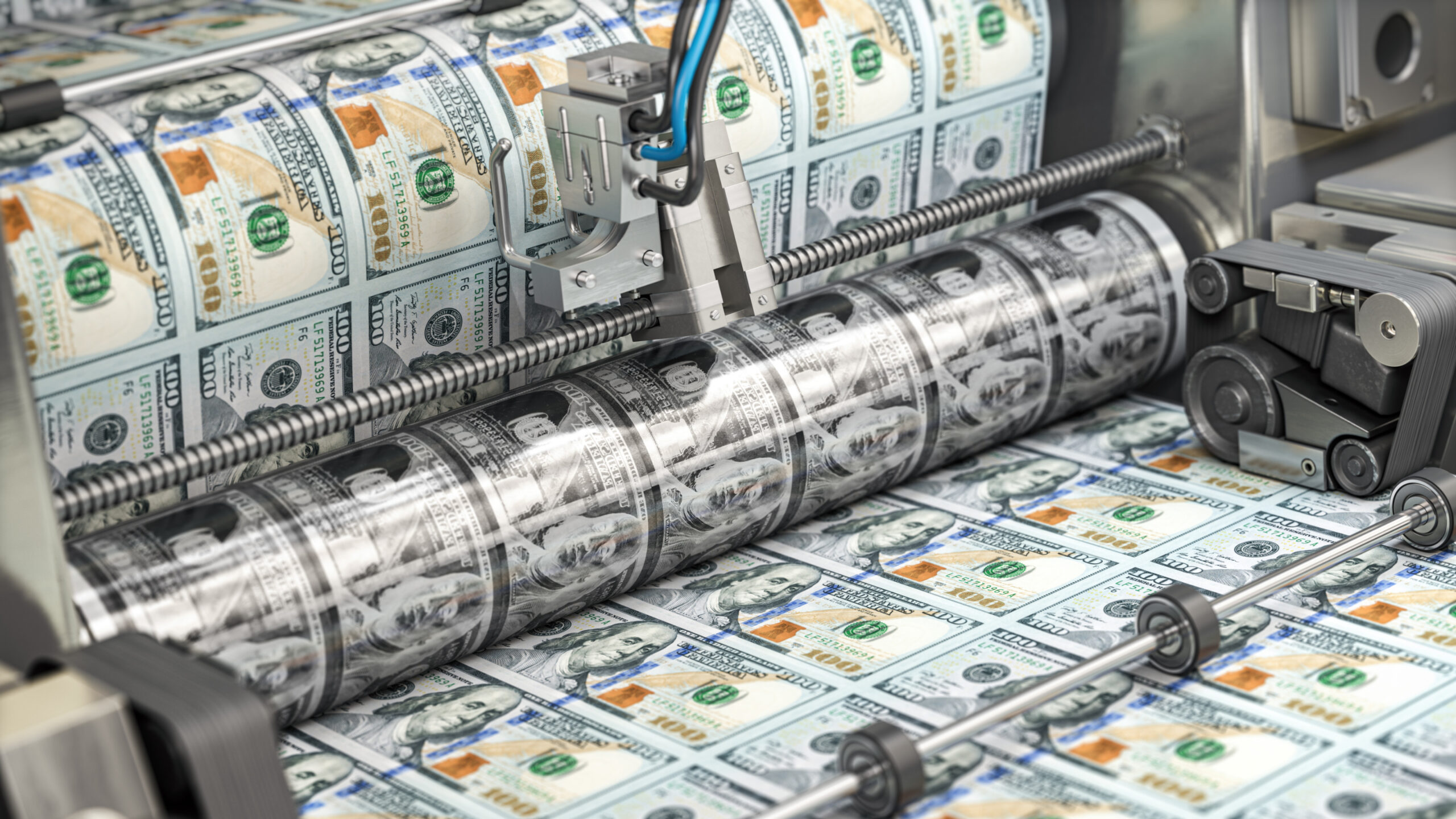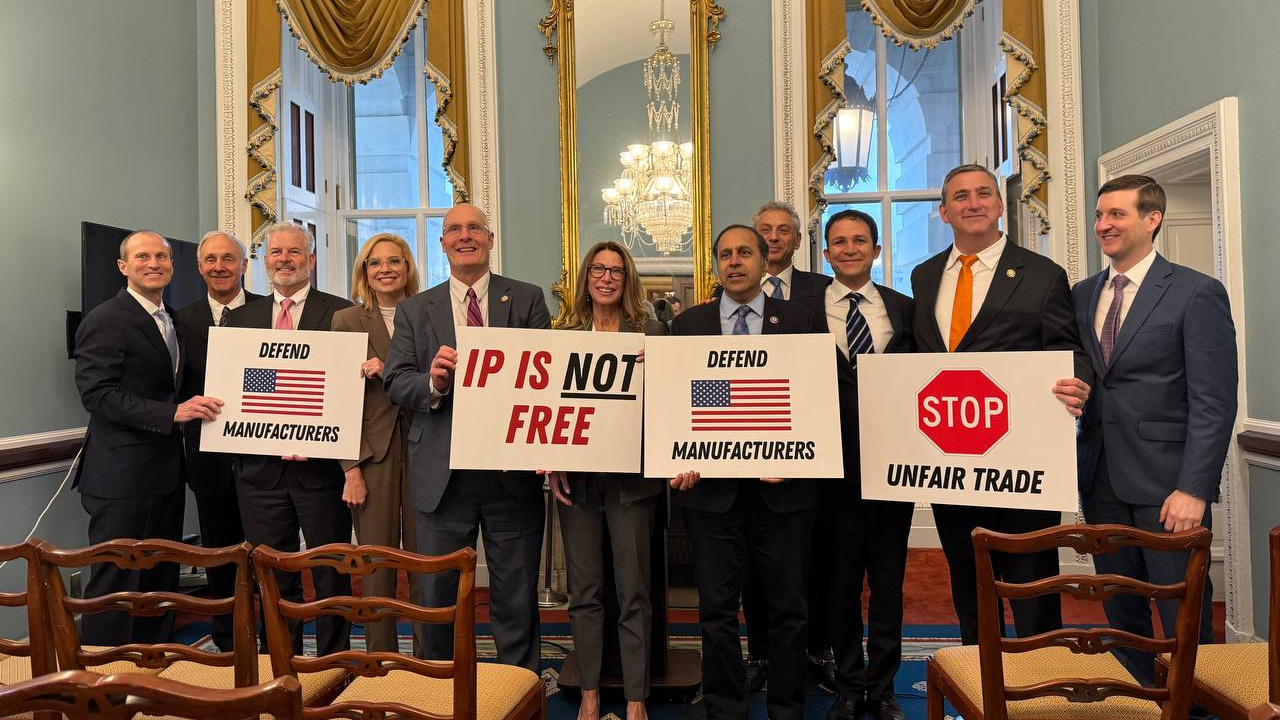You know those new self-driving applications that major automakers are now developing and trialing on the roads? The ones that are famous for allowing cars to run over pedestrians, smash into bicycles, and bounce off walls? That’s the U.S. dollar in today’s world economy. The dollar is wreaking havoc around the world, yet the federal government and Treasury Secretary Janet Yellen refuse to do anything about it.
At the start of this year, the dollar was overvalued by some 15.8% according to our Currency Misalignment Monitor, yet it continues to rise relentlessly, driven by high U.S. interest rates. The result is a huge handicap for U.S manufacturers and farmers who compete with imports, and for U.S. exporters. It is also undermining economic policy in other countries, and may yet provoke a debt crisis in any poor nation foolish enough to have borrowed too much in dollars.
The Japanese yen is at its lowest level ever on a real exchange rate basis. “Real” exchange rates refer to exchange rates after adjusting for differential inflation rates in different countries. Figure 1 shows that the yen’s real exchange rate has fallen from 130 in 2012 to 71 today, a fall of 45%. On a dollar-yen bilateral basis, the yen has fallen around 55% since 2012. That’s in spite of Japan’s current account surplus of 20.6 trillion yen or $133 billion last year.
The undervalued yen provides an enormous boost to Japanese industry, such as Japanese shipments of automobiles and electronics into the U.S. The U.S. trade deficit with Japan last year was $71 billion.
Figure 1. Japan’s real exchange rate is at an all-time low.
Rising Dollar Stokes Inflation in Japan and Korea
But for the Japanese government, the low yen is also a problem. The rising dollar and falling yen are making Japanese imports, especially of oil and gas, more expensive. On Secretary Yellen’s recent trip to Asia, the Japanese Finance Minister and his Korean counterpart are said to have asked Yellen to work with them to lower the dollar and help stabilize the yen and the Korean won. While there have been no official announcements, it seems likely that Yellen rejected any suggestion of the U.S. intervening in the currency markets. The best they got was that she probably told them the U.S. would not impede their efforts to stabilize their own currencies. We used to call that “benign neglect.” Still, that’s why we likely saw Japanese intervention on Monday to hold the yen close to 155 and stop it heading towards 160.
Treasury officials like Yellen like to cite free-market arguments for floating exchange rates as the ideal economic solution. They often invoke Milton Friedman as the evangelist of floating rates, which he indeed was back in the 1950s. But later on, Friedman recognized that fixed exchange rates can play a key role in allowing for fair international competition and enabling countries to keep inflation in check.
Economic theory tells us very clearly that a fair exchange rate is one that allows a nation’s trade to move towards balance in the medium term. Indeed, for an advanced nation like the U.S., theory says that a small surplus is appropriate so the nation can generate capital to invest in emerging market countries that are capital-poor. The continued persistent presence of large U.S. trade and current account deficits tells us that the current floating-rate world is not working as per theory and not allowing U.S. producers to compete fairly in the world.
The real reason that Treasury officials like a rising dollar is it helps them finance the huge federal budget deficit. Every month the major bond firms send the Treasury a report on how they propose to sell the billions of dollars of bonds the Treasury needs to sell. This year’s federal budget deficit is projected at $1.6 trillion or 5.6% of GDP. That is a staggering figure for an economy that is not in recession.
In March, President Biden proposed to increase further both the federal budget and the federal deficit for 2025. Meanwhile, the trial balloons coming out of the Trump camp suggest that if former President Trump were elected in November, the focus would once again be on tax cuts. As we saw in his four years in office, President Trump and his Treasury Secretary were just as much in love with deficits and subject to the wishes and pressure of the Wall Street firms as Biden’s Democrats are.
The financial community has concluded that whoever wins in November, the U.S. is likely to be saddled for years with large federal spending and large budget deficits driving up the economy. It will therefore be left to the Federal Reserve to use high interest rates to keep inflation in check. “Higher for longer” has become the mantra in the international financial community. Some economists are now talking about 5% as the long-term so-called “natural” rate of interest. Other countries cannot generate the growth rates we see in the U.S., so their interest rates will be persistently lower.
So the U.S. dollar will continue to rise.
This bipartisan lopsided macroeconomic policy—loose fiscal policy combined with tight monetary policy—is terrible for U.S. producers. The high interest rates attract foreign capital, raising the dollar even further in what becomes a self-perpetuating cycle. The overvalued dollar enables imports to grow and increasingly drives the U.S. economy into non-tradeable sectors. Those sectors (think restaurants, retail, education, health care) generate more low-paid jobs than high-paid. They also don’t allow for much productivity growth. So our economy skews towards bad jobs, low growth, and increased debt.
But that’s not all.
According to an alarming Bloomberg News article published last Sunday, “Yuan Devaluation Debate Surfaces as Traders Mull Next FX Shock,” the Chinese government is now considering driving the Chinese currency down even further to spur its exports. That’s after its trade surplus doubled to $823 billion last year. The increase in China’s exports and trade surplus we have seen since 2021 has already alarmed other advanced economies (since the U.S. has deflected some of China’s export push thanks to the 2018 tariffs, the others are now feeling more pain than us).
The Chinese government’s logic is that it can only stimulate its domestic economy by reducing Chinese interest rates. A stimulus to the Chinese domestic economy would indeed be good for China and good for the world. But that needs to be done in conjunction with a policy to restrain China’s exports and trade surplus. Otherwise, China’s beggar-thy-neighbor policies could yet tear the global currency and trading system apart.
At CPA, we favor a sophisticated system to move the dollar down to a fair level called the Market Access Charge. Direct intervention could also drive the dollar down. However, it’s clear to an objective observer that these policies will only be enacted by a government with the vision and courage to reduce the budget deficit and reduce the influence of the financial sector on vital economic policy decisions.












